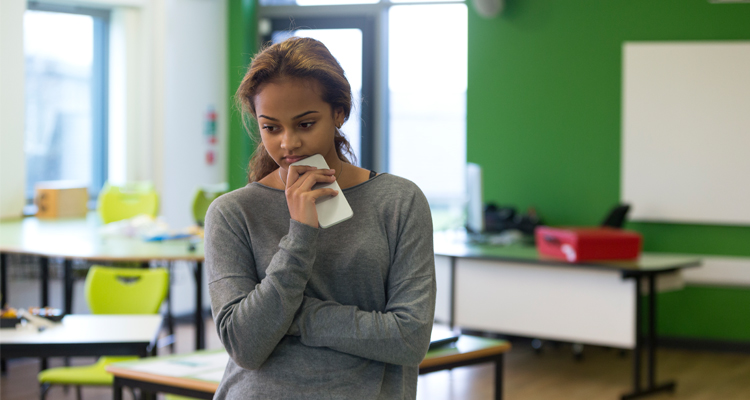Fake news has become a widespread problem. At its most basic, fake news is news that is intentionally fictitious (or largely so) in the hopes that it will generate thousands more clicks and shares than what the content actually merits. Many fake news stories are published on anonymously owned sites that were created to propagate this type of clickbait content. Big name companies like NPR and the Washington Post have exposed the creators of many of these sites, and their creators admitted that many of the articles were fictitious—but that doesn’t stem the tide of fake news articles already circulating.
Social Media and Clickbait
Consider Facebook. The social media platform was designed as a way to learn more about fellow classmates. Mark Zuckerberg, the creator of Facebook, “made some very strategic decisions that have morphed Facebook into the most powerful distributor on Earth—the new front page of the news for more than one billion people every day,” according to NPR. “But Zuckerberg didn’t sign up to head a media company—as in, one that has to make editorial judgments.” Instead, Facebook hired subcontractors to try to limit certain sites that were offensive, dangerous, or otherwise unsuitable for sharing in the public arena. So allowing “fake news” to circulate on the Facebook platform has become an issue that the company was not prepared to tackle.
Kids and Fake News
The problem is that many people believe the headlines. They see a photo or read a story and accept it as truth—and the impact is especially clear among young people. “What we see is a rash of fake news going on that people pass on without thinking,” says Sam Wineburg, Stanford University professor. “And we really can’t blame young people because we’ve never taught them to do otherwise.” These kids grew up in a world where you could “Google” something for an answer—and who questions Google?
Stanford University set out to study the issue of kids and fake news. The study was conducted from 2015 to 2016 and included more than 7,800 student responses. The researchers described the results as “dismaying” and “bleak” after they found that more than 80 percent of students believed that a sponsored content story—essentially an advertisement—was an actual article. The students they studied also overwhelmingly accepted a photograph as evidence without looking for attribution, and some 30 percent of those surveyed thought a fake account pretending to be Fox News was more trustworthy than the verified account.
Spotting Fake News
Fake news is a problem because when people are sharing so many false things, it becomes difficult to know what is real. Jennifer Coogan, editor of Newsela, credits a digital lifestyle as a contributing factor. “Their lives are 100 percent digital,” Coogan told Business Insider. “And frankly, it’s a lot easier in the digital world to create something fake.” Her company, Newsela, is looking to build off this tendency by prompting kids to answer various questions after reading an article, such as whether the piece showed bias and asking where the article sourced its facts.
These are questions that can also be asked by a parent or caregiver. For instance, you could help your children verify news stories that they read by asking your own series of questions as you read the news together. You could also help your kids learn to spot fake news by helping them cross-reference a story across different sites, check the validity of the site that published the article through a third-party like factcheck.org, or examine the statements made in the article individually, researching each one.




































